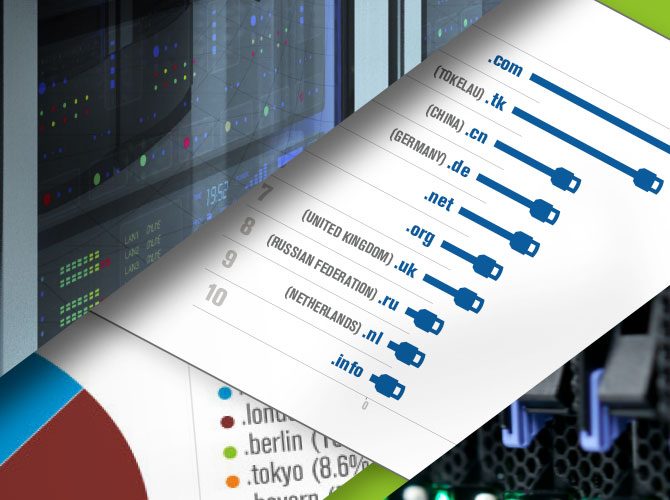In Parts I and II of this series of blog posts I described the need for a registration operations industry association. At the end of Part II, I wrote that Part III will describe “an opportunity for everyone that’s interested in discussing this topic in a live environment.” The large number of people attending ICANN 51 in Los Angeles presents the best chance of discussion with many potential participants being in the same place at the same time. Let’s take advantage of that proximity.
Verisign will host a workshop for all interested people during the week of ICANN 51. The event will be held at the Hyatt Regency Century Plaza hotel (the same venue for ICANN 51, though this event is not affiliated with ICANN) on the morning of Thursday, October 16, 2014, to discuss the challenges of registration technical operations and to explore ways to address those challenges. We’ve set up a website at www.regiops.net to provide information, describe the event, and allow people to register. We’re asking people to register in advance so we can make sure that we have a large enough room reserved and that we provide enough food for breakfast and lunch.






